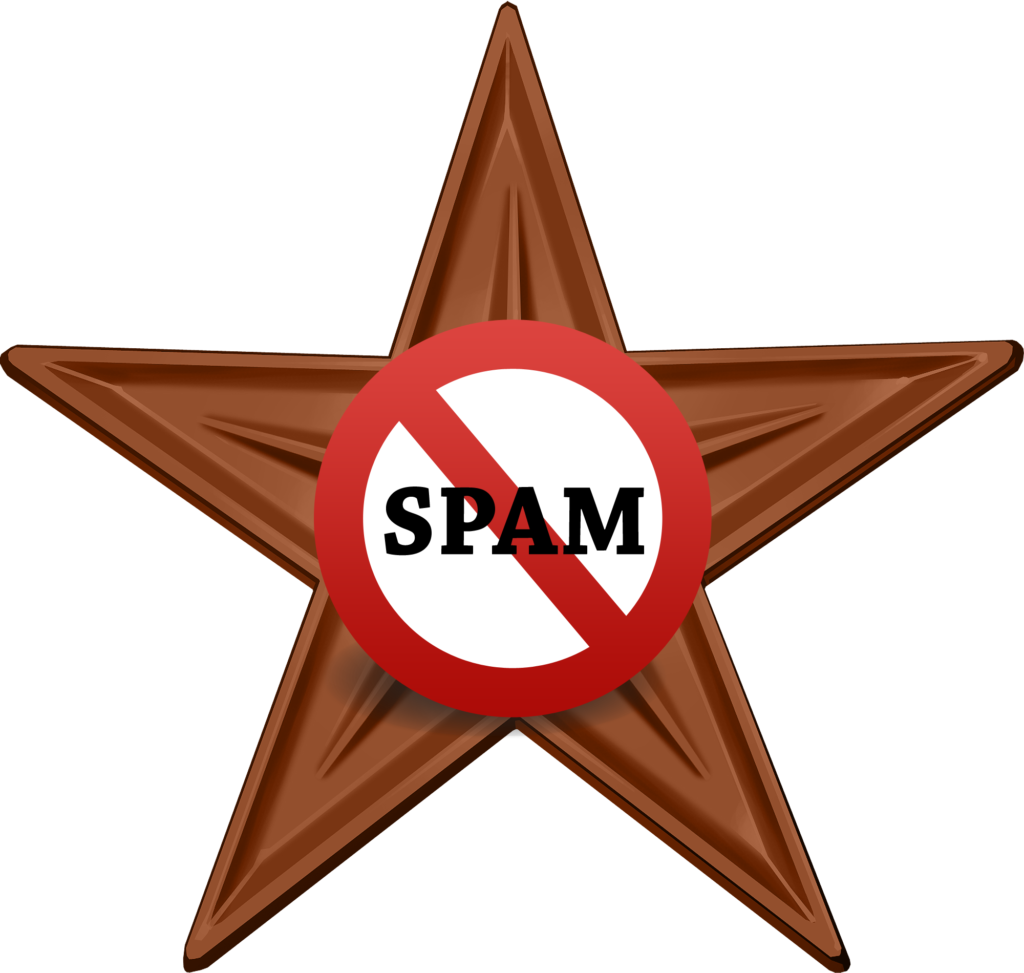Amateurs assume it’s easy to get published on Wikipedia. However, that’s not the case. Anyone can edit Wikipedia. However, Wikipedia has rules about its content. Moreover, these rules are complex. Luckily, the WikiNative guide is here to help.
 Let’s get published on Wikipedia
Let’s get published on Wikipedia
Firstly, the subject must meet the notability criteria. As James explains in his blog here, that’s not the same as being famous.
So, a professional writer must have covered your subject. Additionally, every posit must be verifiable. That means the page should use independent, reliable sources. They should be secondary sources, not primary sources like interviews. Otherwise, the article won’t stick.
If these sources don’t exist, your entry shouldn’t exist. Wikipedians will reject you if you or your new entry undermine Wikipedia’s core principles. Your Wikipedia content must be:
- Neutral
- Verifiable
- It must not contain original research
Next, you must choose between two publishing routes.
Publishing options
Editors can submit the page through a lengthy process called Articles for Creation. Consequentially, volunteer Wikipedians will review the article. This process takes months.
Or, you can get your page published on Wikipedia by uploading it directly to the mainspace. Unilateral uploads get published on Wikipedia immediately. But, there’s a catch.
Hire an expert to get published on Wikipedia
Only experienced editors can upload articles directly to Wikipedia’s mainspace. Establishing yourself as an editor on Wikipedia involves learning WikiCode. Additionally, editors must read the twenty-seven thousand word Manual of Style to get published on Wikipedia.
Getting on Wikipedia entails:
- Writing like a Wikipedian
- Not writing like a copywriter
- Being bold
- Being bolder
If you mess it up, Wikipedia will remove your article. Therefore, hire an expert if you want to get published on Wikipedia.
[/vc_column_text][/vc_column][/vc_row]





